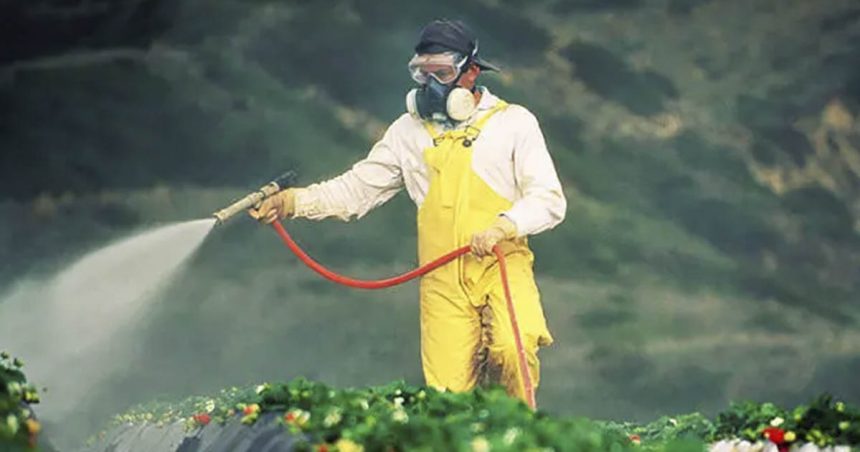Consuming fruits and vegetables is essential for a healthy diet, but they may contain harmful pesticides. A study in 2017 found that soaking produce in a baking soda solution effectively reduces pesticide residues. Baking soda’s alkaline nature breaks down pesticides, while its abrasive texture helps scrub them away. This cheap and eco-friendly method has implications for consumer health and sustainable farming practices. While other methods like vinegar soaking exist, a combination of techniques can reduce pesticide exposure. By understanding these cleaning methods, consumers can make informed choices for a healthier future.
How Does It Work?
Baking soda, or sodium bicarbonate, is known for its various household uses. Its alkaline nature helps break down pesticides on produce, while its texture aids in physically removing residues. This cost-effective solution provides a safe way to reduce pesticide exposure for those who cannot access organic produce.
Further Implications
The study’s findings have far-reaching implications, offering consumers a safe and affordable option for cleaning produce. This knowledge can also help the agricultural industry develop more sustainable pest control methods, creating a healthier food supply. While no single method can eliminate all pesticide residues, a combination of cleaning practices can significantly reduce exposure to harmful chemicals.
The Bottom Line
Baking soda has emerged as an effective solution for removing pesticides from produce, but it’s essential to explore various cleaning methods for optimal results. Understanding the science behind pesticide removal and practicing good hygiene can contribute to a healthier and more sustainable future.
Sources
- “Effectiveness of Commercial and Homemade Washing Agents in Removing Pesticide Residues on and in Apples.” ACS. Tianxi Yang, et al. October 25, 2017.
- “How to Clean Fruits and Vegetables to Rid Them of Pesticides.” Taste of Home. Amanda Tarlton and Lisa Kaminski. October 6, 2023.






